S.KOREA FACES DEMOCRATIC CLIFF
입력 2021.01.28 (15:08)
수정 2021.01.28 (16:46)
읽어주기 기능은 크롬기반의
브라우저에서만 사용하실 수 있습니다.
[Anchor Lead]
Korea’s monthly new births have decreased for 60 months in a row. More concerning is that last year’s COVID-19 pandemic discouraged parents from having children, the effect of which is likely to be seen this year. The country is now facing a serious demographic cliff.
[Pkg]
The Changwon city government announced, residents with three babies would each receive 100 million won in subsidy. A desperate attempt to maintain its population at one million. 100 million won is loaned to a newlywed couple. A select amount is written off the loan every time they have a child. Childbirth subsidy amounting to 100 million won was Changwon’s solution to meet the requirements to maintain its local government status in the midst of a rapidly declining birth rate. But the nationwide monthly data tell a grimmer story. The number of new births barely surpassed 20,000 last November, roughly 3,600 fewer than a year ago. The decline continued for 60 straight months or five years.
[Soundbite] KIM SOO-YOUNG(VITAL STATISTICS DIVISION, STATISTICS KOREA) : "The number of women in the main childbearing age group of 30s as well as the number of marriages since 2012 have both decreased steadily."
In contrast, the number of deaths has been increasing, resulting in a natural population decline of some 24,000. That means a number of people that could fill up Jamsil Baseball Stadium is gone from the Korean population. Things aren't looking up for this year either. The number of marriages has fallen drastically last year. As of November, roughly 190,000 marriages were reported, a decline of more than 22,000 on-year. The biggest contributor is wedding cancellations due to the pandemic. Statistics Korea projects fewer marriages will likely lower the country’s birth rate at least until 2022. The government will launch a population policy task force next month to respond to the worsening birth rate problem.
[Soundbite] HONG NAM-KI(DEPUTY PRIME MINISTER) : "We plan to focus on four areas of response – easing the shock of a demographic cliff, responding to a smaller society, responding to the risk of regional population dip, and boosting social sustainability."
The task force plans to design policies that deal with the waning birth rate, such as greater participation in economic activities by women as well as measures for a smaller school-age population.
Korea’s monthly new births have decreased for 60 months in a row. More concerning is that last year’s COVID-19 pandemic discouraged parents from having children, the effect of which is likely to be seen this year. The country is now facing a serious demographic cliff.
[Pkg]
The Changwon city government announced, residents with three babies would each receive 100 million won in subsidy. A desperate attempt to maintain its population at one million. 100 million won is loaned to a newlywed couple. A select amount is written off the loan every time they have a child. Childbirth subsidy amounting to 100 million won was Changwon’s solution to meet the requirements to maintain its local government status in the midst of a rapidly declining birth rate. But the nationwide monthly data tell a grimmer story. The number of new births barely surpassed 20,000 last November, roughly 3,600 fewer than a year ago. The decline continued for 60 straight months or five years.
[Soundbite] KIM SOO-YOUNG(VITAL STATISTICS DIVISION, STATISTICS KOREA) : "The number of women in the main childbearing age group of 30s as well as the number of marriages since 2012 have both decreased steadily."
In contrast, the number of deaths has been increasing, resulting in a natural population decline of some 24,000. That means a number of people that could fill up Jamsil Baseball Stadium is gone from the Korean population. Things aren't looking up for this year either. The number of marriages has fallen drastically last year. As of November, roughly 190,000 marriages were reported, a decline of more than 22,000 on-year. The biggest contributor is wedding cancellations due to the pandemic. Statistics Korea projects fewer marriages will likely lower the country’s birth rate at least until 2022. The government will launch a population policy task force next month to respond to the worsening birth rate problem.
[Soundbite] HONG NAM-KI(DEPUTY PRIME MINISTER) : "We plan to focus on four areas of response – easing the shock of a demographic cliff, responding to a smaller society, responding to the risk of regional population dip, and boosting social sustainability."
The task force plans to design policies that deal with the waning birth rate, such as greater participation in economic activities by women as well as measures for a smaller school-age population.
■ 제보하기
▷ 카카오톡 : 'KBS제보' 검색, 채널 추가
▷ 전화 : 02-781-1234, 4444
▷ 이메일 : kbs1234@kbs.co.kr
▷ 유튜브, 네이버, 카카오에서도 KBS뉴스를 구독해주세요!
- S.KOREA FACES DEMOCRATIC CLIFF
-
- 입력 2021-01-28 15:08:13
- 수정2021-01-28 16:46:25
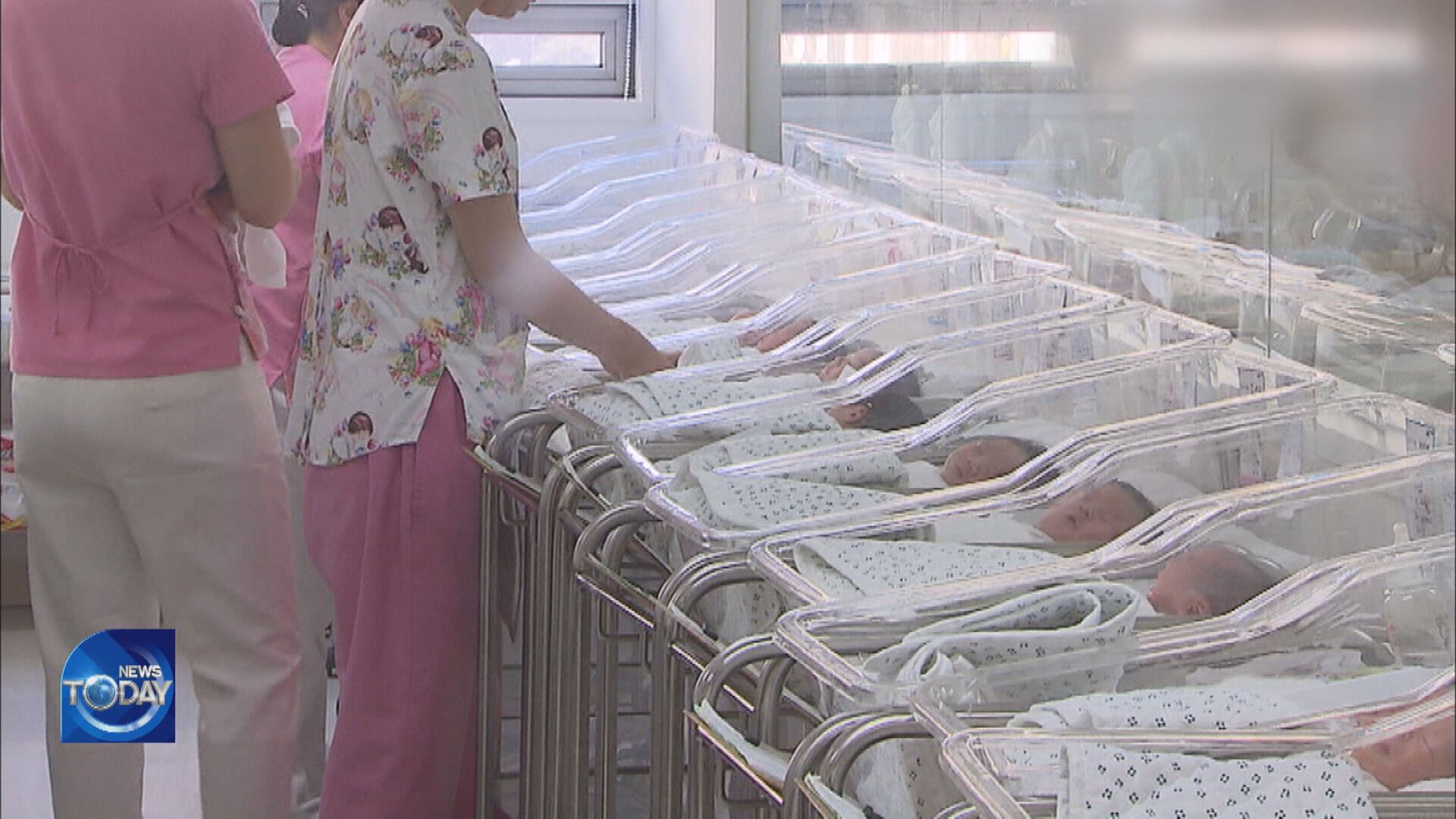
[Anchor Lead]
Korea’s monthly new births have decreased for 60 months in a row. More concerning is that last year’s COVID-19 pandemic discouraged parents from having children, the effect of which is likely to be seen this year. The country is now facing a serious demographic cliff.
[Pkg]
The Changwon city government announced, residents with three babies would each receive 100 million won in subsidy. A desperate attempt to maintain its population at one million. 100 million won is loaned to a newlywed couple. A select amount is written off the loan every time they have a child. Childbirth subsidy amounting to 100 million won was Changwon’s solution to meet the requirements to maintain its local government status in the midst of a rapidly declining birth rate. But the nationwide monthly data tell a grimmer story. The number of new births barely surpassed 20,000 last November, roughly 3,600 fewer than a year ago. The decline continued for 60 straight months or five years.
[Soundbite] KIM SOO-YOUNG(VITAL STATISTICS DIVISION, STATISTICS KOREA) : "The number of women in the main childbearing age group of 30s as well as the number of marriages since 2012 have both decreased steadily."
In contrast, the number of deaths has been increasing, resulting in a natural population decline of some 24,000. That means a number of people that could fill up Jamsil Baseball Stadium is gone from the Korean population. Things aren't looking up for this year either. The number of marriages has fallen drastically last year. As of November, roughly 190,000 marriages were reported, a decline of more than 22,000 on-year. The biggest contributor is wedding cancellations due to the pandemic. Statistics Korea projects fewer marriages will likely lower the country’s birth rate at least until 2022. The government will launch a population policy task force next month to respond to the worsening birth rate problem.
[Soundbite] HONG NAM-KI(DEPUTY PRIME MINISTER) : "We plan to focus on four areas of response – easing the shock of a demographic cliff, responding to a smaller society, responding to the risk of regional population dip, and boosting social sustainability."
The task force plans to design policies that deal with the waning birth rate, such as greater participation in economic activities by women as well as measures for a smaller school-age population.
Korea’s monthly new births have decreased for 60 months in a row. More concerning is that last year’s COVID-19 pandemic discouraged parents from having children, the effect of which is likely to be seen this year. The country is now facing a serious demographic cliff.
[Pkg]
The Changwon city government announced, residents with three babies would each receive 100 million won in subsidy. A desperate attempt to maintain its population at one million. 100 million won is loaned to a newlywed couple. A select amount is written off the loan every time they have a child. Childbirth subsidy amounting to 100 million won was Changwon’s solution to meet the requirements to maintain its local government status in the midst of a rapidly declining birth rate. But the nationwide monthly data tell a grimmer story. The number of new births barely surpassed 20,000 last November, roughly 3,600 fewer than a year ago. The decline continued for 60 straight months or five years.
[Soundbite] KIM SOO-YOUNG(VITAL STATISTICS DIVISION, STATISTICS KOREA) : "The number of women in the main childbearing age group of 30s as well as the number of marriages since 2012 have both decreased steadily."
In contrast, the number of deaths has been increasing, resulting in a natural population decline of some 24,000. That means a number of people that could fill up Jamsil Baseball Stadium is gone from the Korean population. Things aren't looking up for this year either. The number of marriages has fallen drastically last year. As of November, roughly 190,000 marriages were reported, a decline of more than 22,000 on-year. The biggest contributor is wedding cancellations due to the pandemic. Statistics Korea projects fewer marriages will likely lower the country’s birth rate at least until 2022. The government will launch a population policy task force next month to respond to the worsening birth rate problem.
[Soundbite] HONG NAM-KI(DEPUTY PRIME MINISTER) : "We plan to focus on four areas of response – easing the shock of a demographic cliff, responding to a smaller society, responding to the risk of regional population dip, and boosting social sustainability."
The task force plans to design policies that deal with the waning birth rate, such as greater participation in economic activities by women as well as measures for a smaller school-age population.
이 기사가 좋으셨다면
-
좋아요
0
-
응원해요
0
-
후속 원해요
0










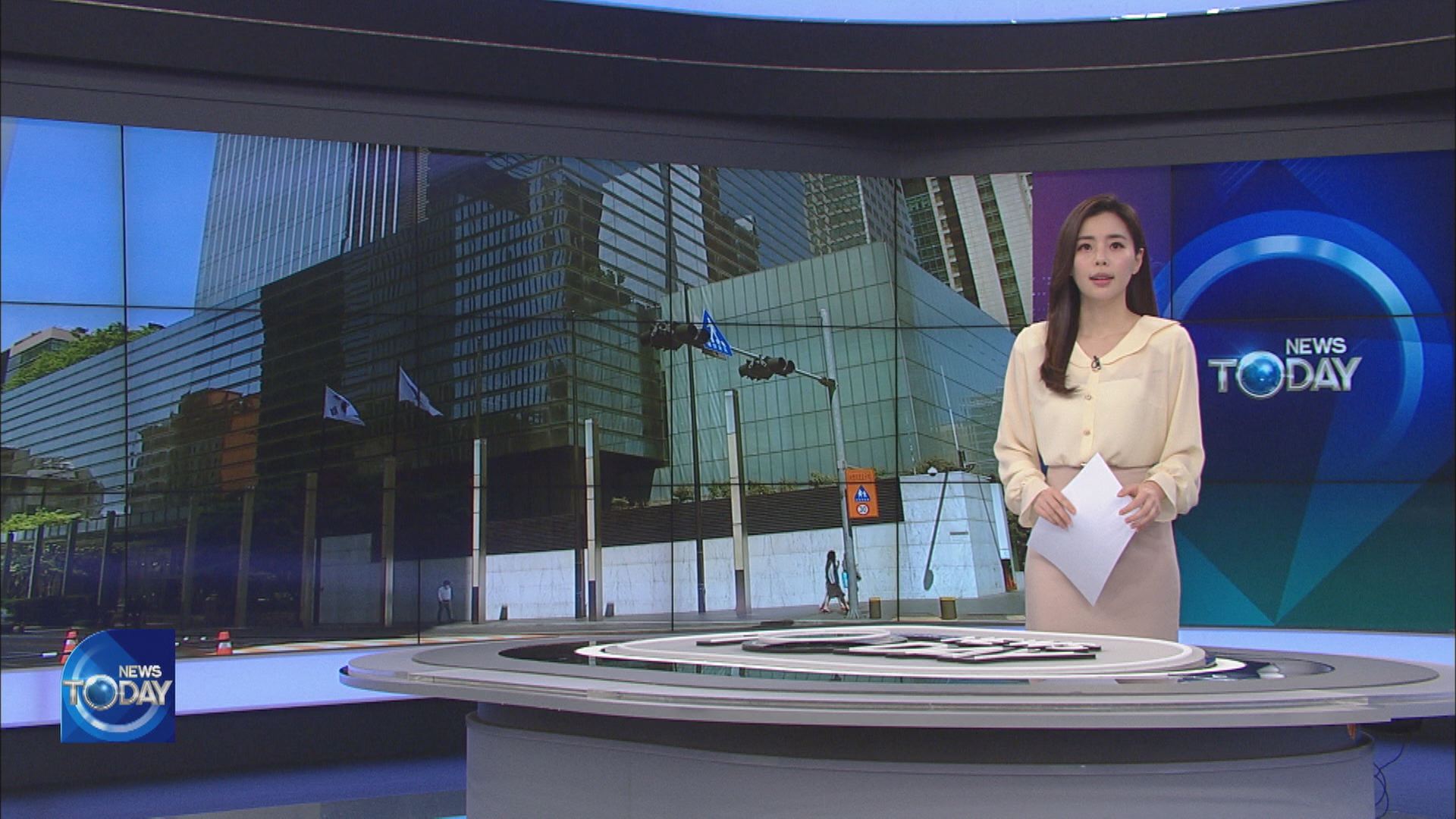
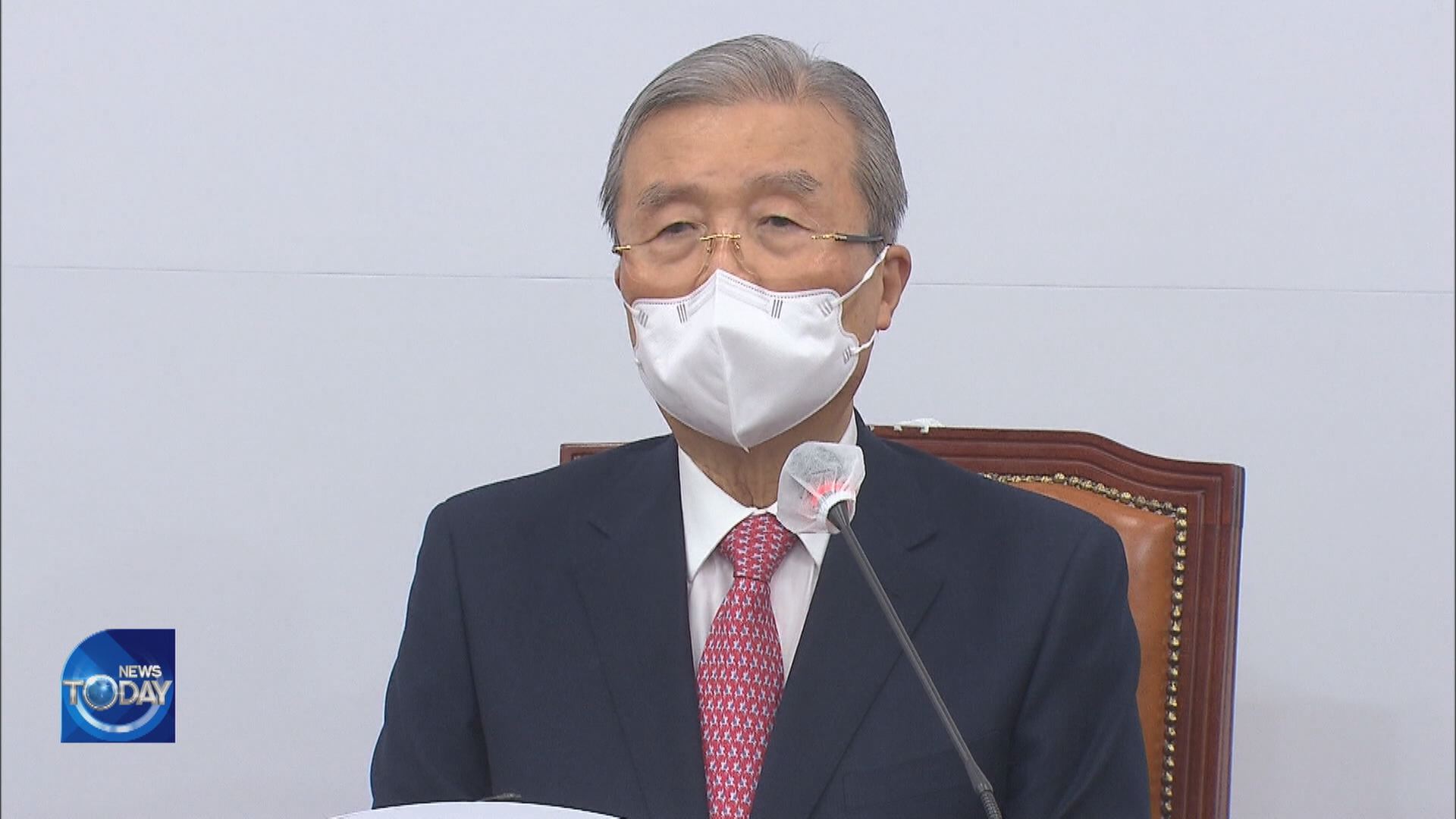
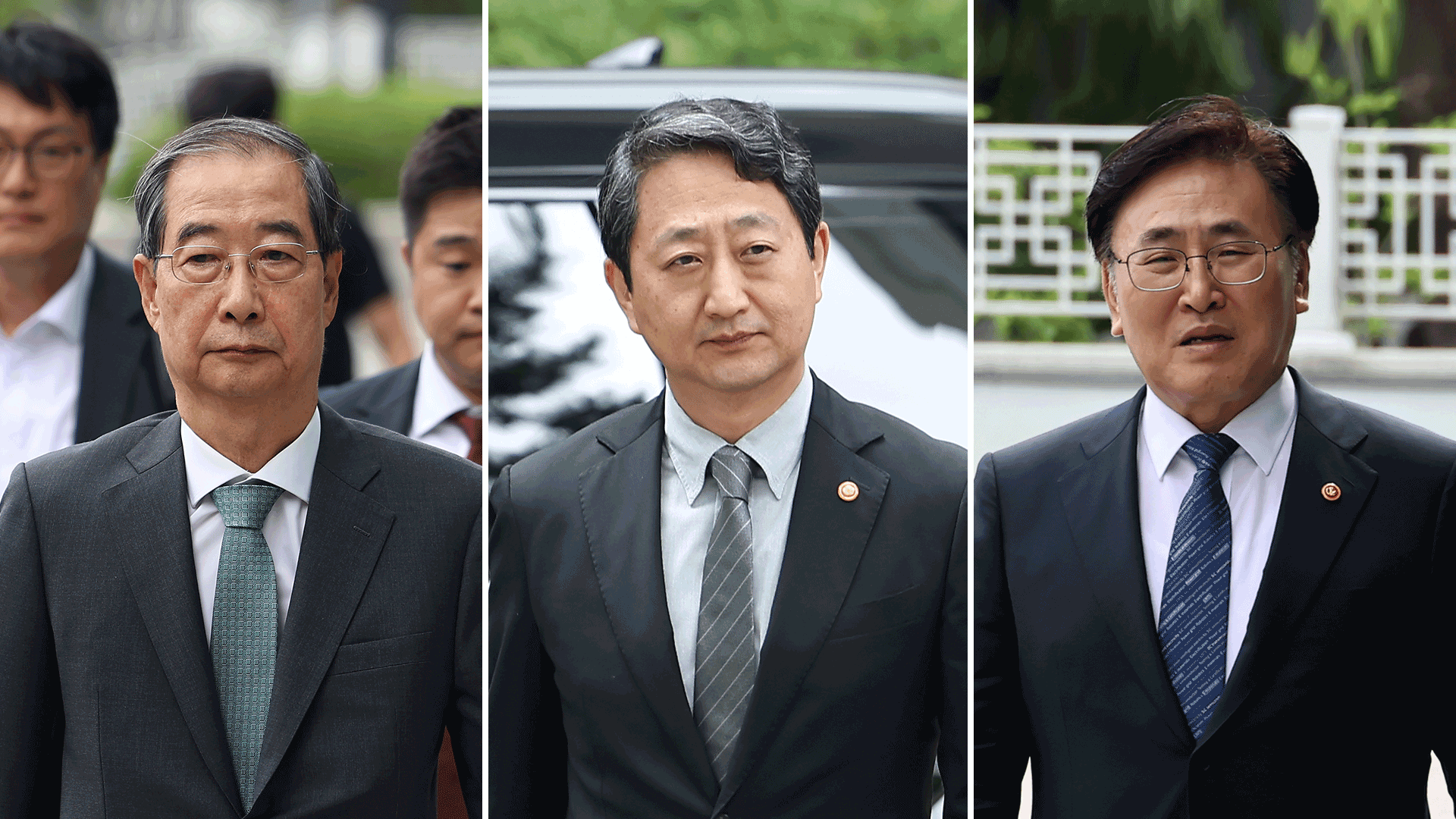
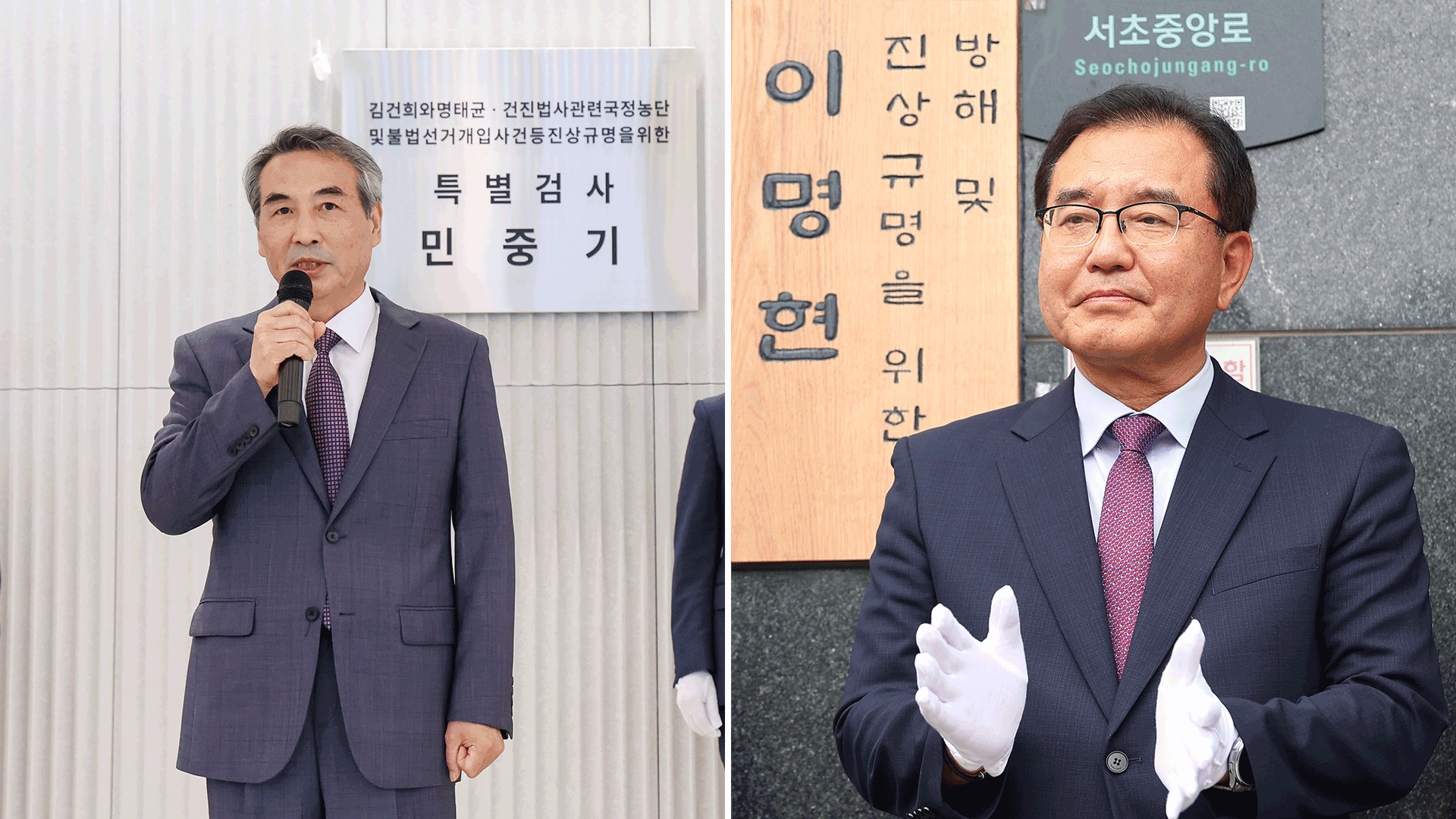

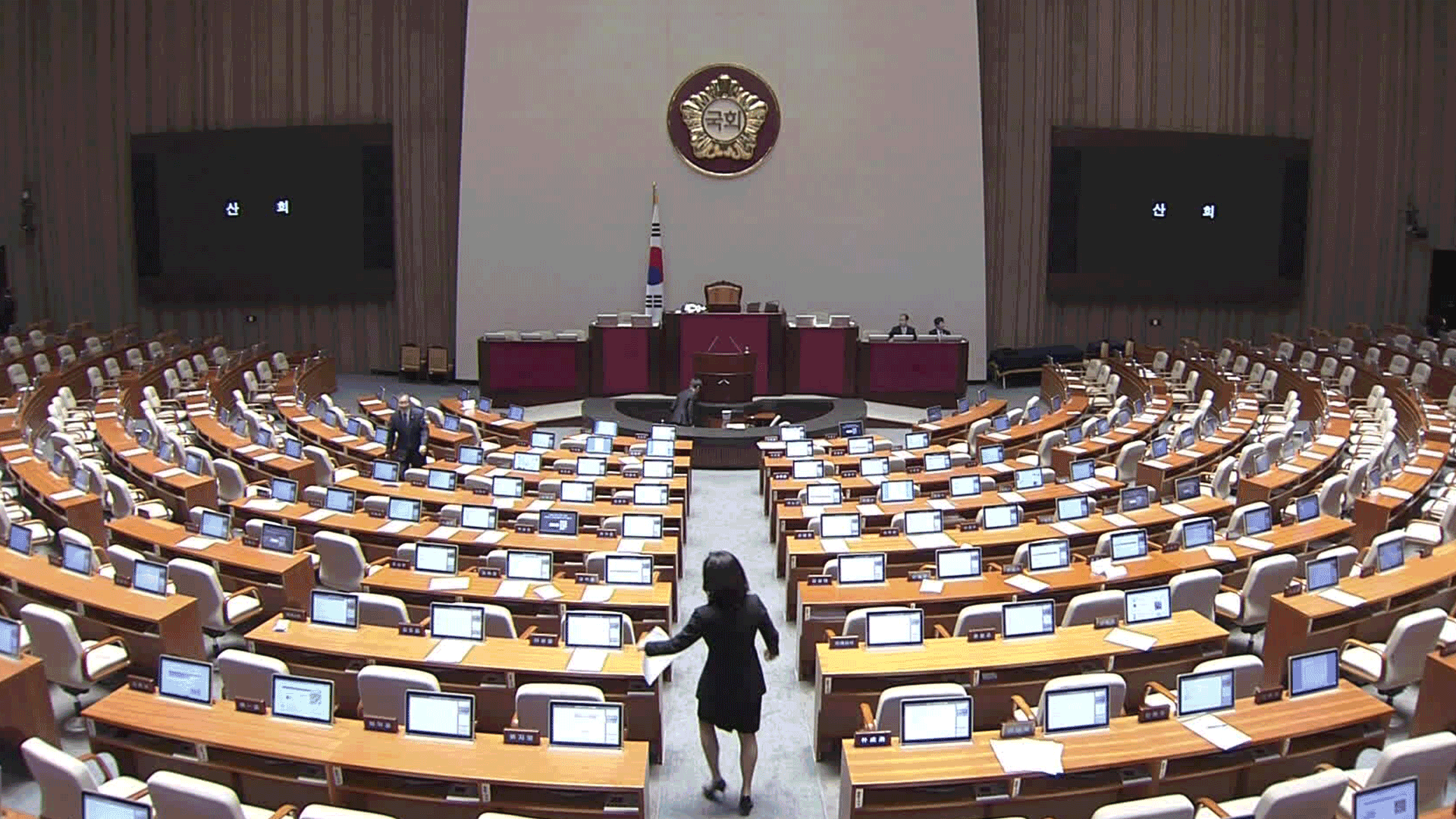

이 기사에 대한 의견을 남겨주세요.